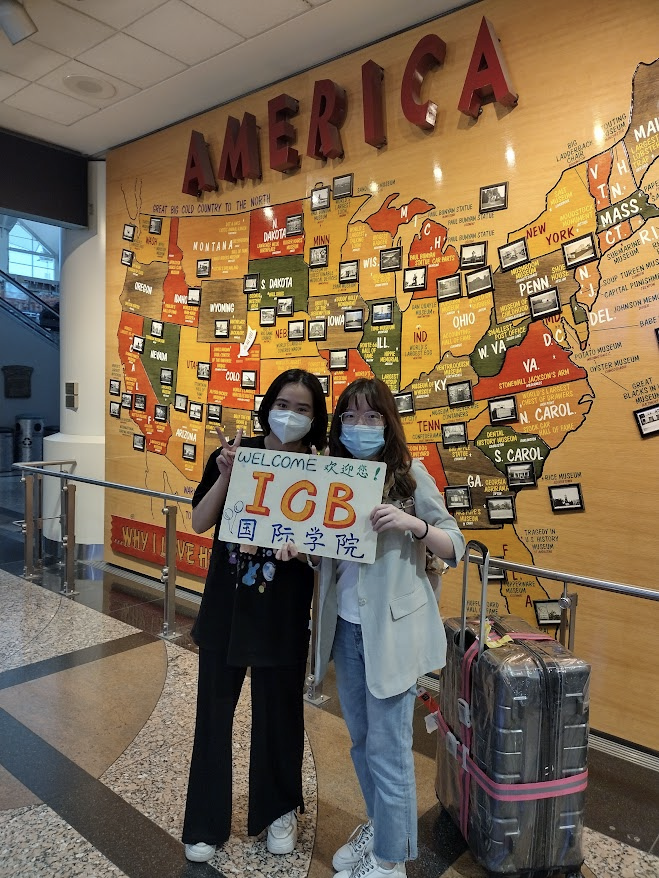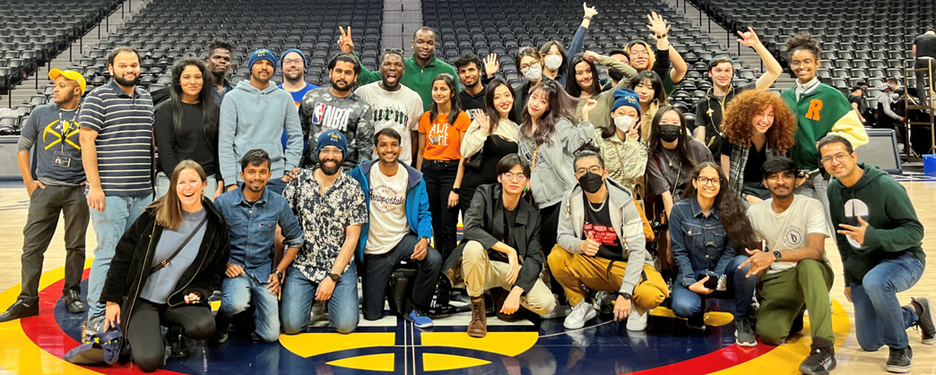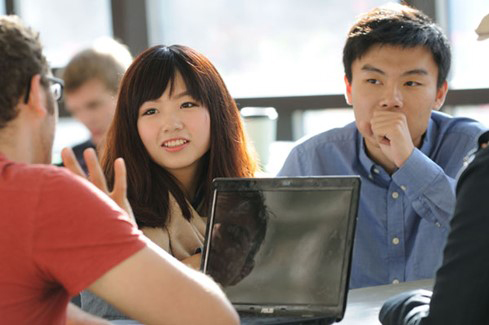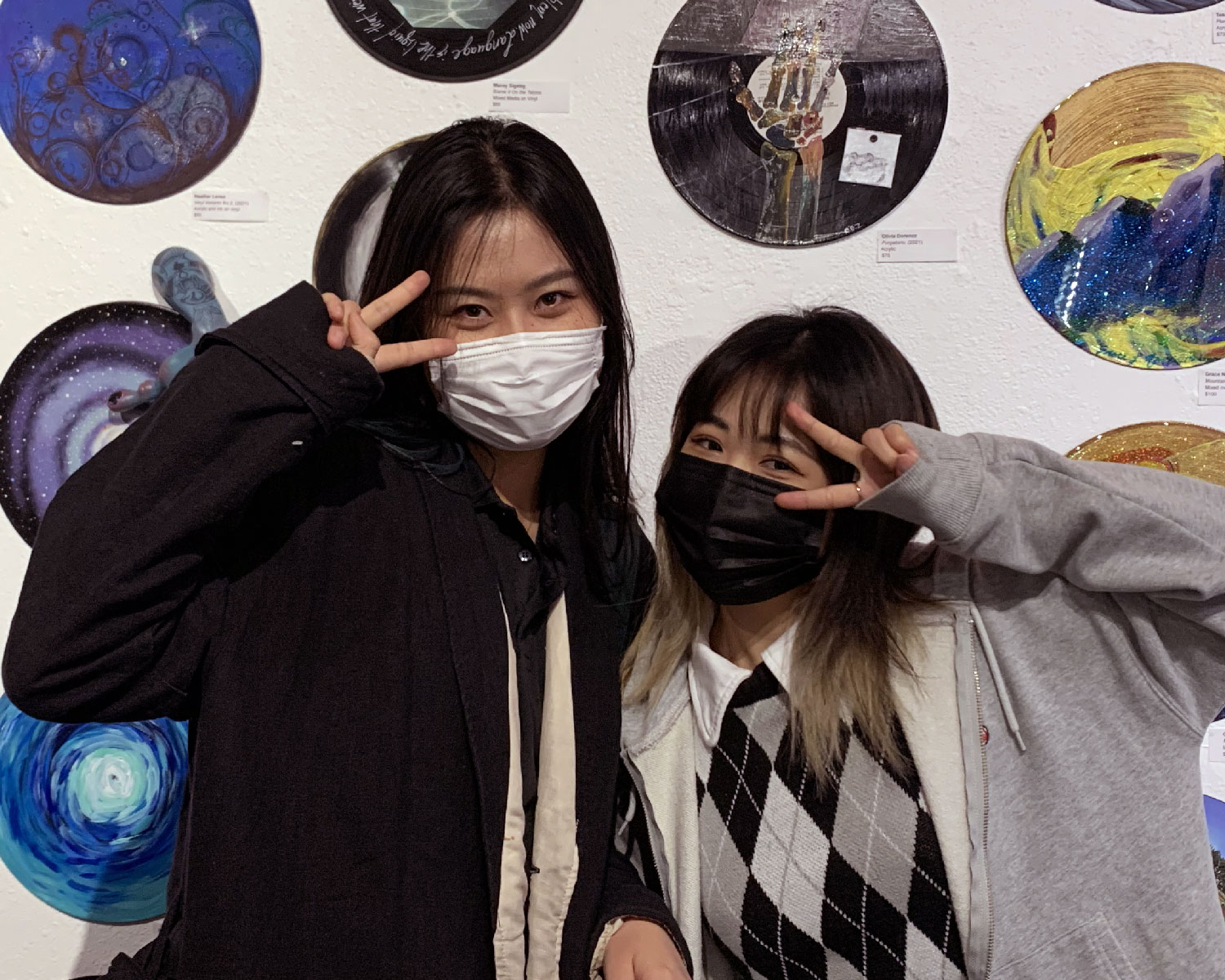Gaokao or Bust
.png?sfvrsn=7391c0ba_0)
by Lichao Sun
The gaokao is not just a simple entrance test for Chinese students and their families, which might determine their happiness for life, it’s also a huge investment in learning and studying that lasts years.
Gaokao, National Higher Education Entrance Examination, is a notoriously tough university entrance exam, where millions of Chinese students cram and memorize past exercises and papers year after year. Though the nationwide fever to study abroad or to attend colleges in Hong Kong, Macau, or Taiwan, which maintains its own education system, has slowed the growth of gaokao takers, some 9.15 million students across China sat for the exam in 2012. For most students, gaokao remains a rite of passage to enter college with its attendant suffering and pressures from family, teachers, and one’s own self.
To promote educational reform in recent years, the gaokao has become much more complicated. Across China, provincial governments administer one of six exam types (3+X, 3+2, 4+X, 3+1+X, 3+2+X, and 3+X+1). The first number refers to compulsory subjects, including Chinese, Mathematics and English, while “X” refers to either social science or a natural science, as per a student’s choice. In most provinces, and in Beijing, Tianjin, Chongqing, a “3+X” exam is the norm. And some provinces administer their own exam format. For example, Shandong Province uses a 3+X+1 curriculum, adding a basic living proficiency test.
Regardless of the province or city, it’s common for senior secondary school students to spend over 12 hours per day studying for the test. And schools also ask students to take classes on weekends, offering additional self-study nights (usually called wanzixi) after class on weekdays. If conditions permit, students may also choose to live on campus or rent an apartment near school in order to increase their study time. Moreover, in order to compete for the few slots (baosong) that exempt students from submitting a gaokao score in order to gain early admission into well-known universities based on their academic record and talents, parents or teachers may recommend students to attend workshops on weekends.
Both teachers and parents experience excessive pressures from the gaokao. Teachers watch the number of their students admitted to highly ranked universities; and parents hope their children gain admission to a top school. During the three-day examination, thousands and thousands of parents anxiously await outside the exam entrances while students scribble in hushed silence until the last second.
Why do these students run on the exam treadmill, some even at the expense of their health? The reason is increased competition in the workplace. Since the beginning of the open door policy in China, the gap has widened between the earnings of professional and vocational workers. And is more accentuated in urban areas, especially in Beijing and Shanghai, as migrant workers have come from the countryside seeking a better life in the cities. Their children must achieve a high gaokao score to attend top colleges and universities, while some city-born children can still count on receiving special treatment from their powerful and wealthy families.
As a hierarchy within the Chinese higher education system emerged with the most prestigious “985” and “211” universities, teachers encourage students to gain a place at one of these institutions. Gaokao is the one and only way non-privileged students –especially those from the lower classes – can improve their lot, which increases competition.
However, is the gaokao experience always so taxing and miserable? Some say no. Even though students have to keep cramming and digesting excessive knowledge in a short time before taking the exam, some see benefits later. “Gaokao was not too bad for me,” remarked an ICB student, “I’d already mastered the natural science courses at the college level in high school. As I always perform at the top of my class, it has helped me spend more time on my major and my other personal interests.”
While the public criticism that this unbalanced education system squeezes creativity out of students, the gaokao experience does produce solid study habits among many students, who learn how to manage time effectively, work in a planned way, and maintain balance in their lives. What’s more, some actually miss the study time with their best friends, skipping classes, falling in love with someone in secret, and so on. “Life begins after gaokao,” one student quipped. “Gaokao is cruel, but it’s only a part of my life. A lot of thistles and thorns remain along my life’s path.”
LEARN MORE
Relative link:
UPDATES
International College Beijing
-

Year-Round Events Enjoyed By ICB Students
Aug 31, 2023Throughout 2023, ICB students are continuing to join in the fun of indoor and outdoor events hosted by the Office of International Affairs (OIA) and CU Denver. In the spring, two hundred thirty students, staff, faculty, and friends recognized the Lunar New Year at an event presented by OIA, the Asian Students Association (ASA), and the Intercultural Club Beijing. The Club’s members act as consultants for International College Beijing (ICB), both for American CU Denver students going to Beijing on study abroad programs and Chinese students coming to CU Denver.... read moreFull story -

Spring in Denver
Apr 22, 2022Spring has arrived in Denver! Blue skies and clean mountain air make it easy for an ICB student to take a study break and step outside for a refreshing walk or bike ride.Full story -

Employment & Learning Opportunities at CU Denver
Apr 22, 2022In the Office of International Affairs, ICB student assistants have helped by providing guidance to other international students about the steps needed for application and admission into the university, and supplying information about visas and immigration processes, travel updates.Full story -

Art Exhibit Inspires Imagination & Critical Thinking Skills
Jan 6, 2022The ICB students found creative inspiration on a visit to the Spectra Art Space, hosted by the Office of International Affairs, where they particularly enjoyed the Nova Ita exhibit.Full story





